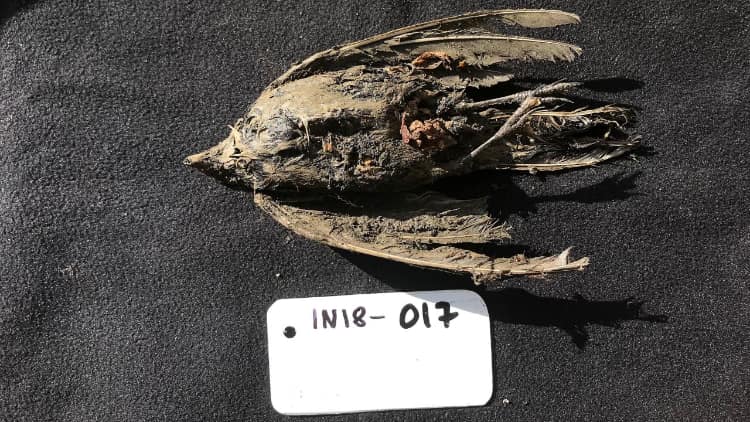46,000-Year-Old Ice Age Bird Discovered Under Siberian Permafrost!
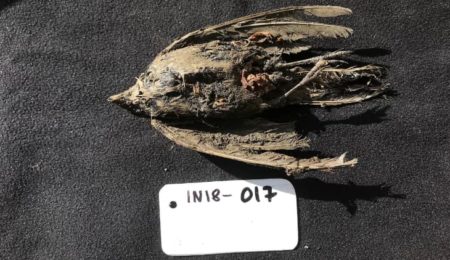
A local team of fossil ivory hunters in northeastern Siberia unearthed a well-preserved bird in the Siberian permafrost in 2018. The bird looked as if it had died very recently. An international team of scientists from the Centre for Palaeogenetics conducted further studies on the bird carcass. They found that it was an Ice Age bird, nearly 46,000 years old. It is also the oldest Ice Age bird unearthed so far. This priceless discovery enabled conducting of detailed research to understand the evolution of Ice Age fauna and their responses to sudden climate change. The findings are published in Communications Biology.
Table of Contents
Fossil Ivory Hunters Unearth Exceptionally Preserved Ice Age Lark
The team of fossil ivory hunters discovered the frozen bird in the village of Belaya Gora, which is situated in Yakutia in northeastern Siberia. The hunters found the bird carcass at a depth of about seven meters below the Earth’s surface, approximately 150 meters into a hydraulically-mined tunnel ice tunnel in the permafrost. They passed the bird on to the Centre for Palaeogenetics for further studies.
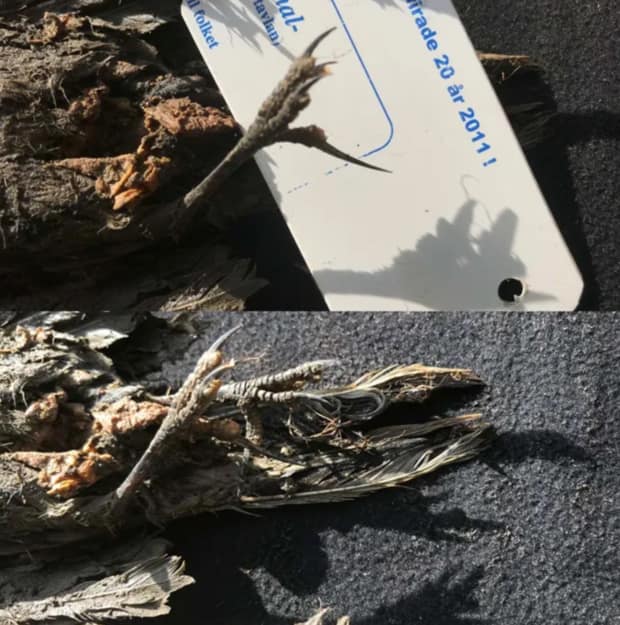
Scientists identified the female bird as a species of horned lark. The bird appeared to have died non-violently and was rapidly frozen. This was the reason its body had remained intact for thousands of years. Despite its age, the distinct charcoal-colored feathers were clearly visible.
Such well-preserved carcasses enable scientists to conduct research to understand the evolution of flora and fauna and their morphological traits.
Genetic Analysis Sheds Light on Evolution of Horned Lark Subspecies
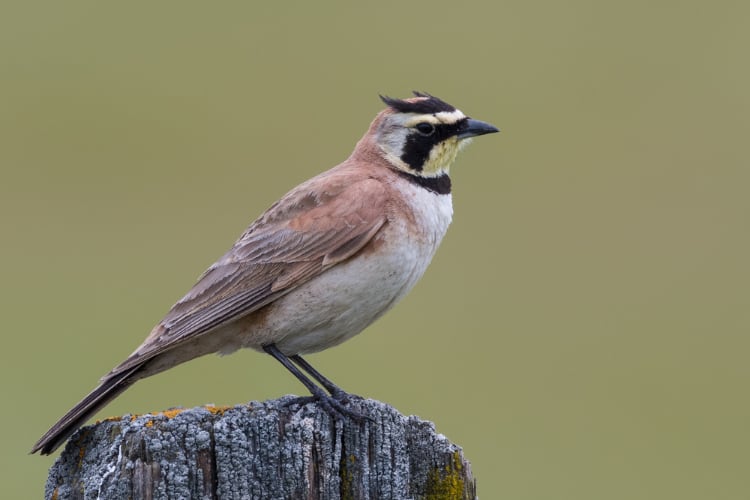
Radiocarbon dating revealed that the bird died about 46,000 years ago, which was in the middle of the Ice Age. In order to find out more about this Pleistocene bird, the researchers from the Centre for Palaeogenetics isolated DNA from the specimen and analyzed it. DNA studies on the bird showed how mammoth steppe disappeared as the planet warmed at the end of the Last Glacial Period. The sudden climate change transformed into other kinds of modern ecosystems, such as the tundra, taiga, and steppe.
During the Last Glacial Period, mammoth steppe, the Earth’s most extensive ecosystem, covered the northern portion of the planet. The cold, dry climate of this ecosystem favored a rich variety of flora and fauna. Long-horned bison and horses, woolly rhinoceros and mammoths, as well as cave lions, thrived during this period. This vast habitat was also home to horned larks, the Pleistocene bird species discovered in the Siberian permafrost. Unfortunately, all of them are extinct now. The ecosystem thrived for nearly 100,000 years before the sudden climate change led to its extinction.
Nicolas Dussex, an ornithologist and a postdoctoral researcher at Stockholm University, summarized the findings of the genetic analysis of the Ice Age bird. He suggested that the bird was a joint ancestor of two subspecies of modern horned larks living today. While one of the species can be found in Siberia, the other one lives in the steppe in Mongolia.
Love Dalén, the research leader at the Centre for Palaeogenetics and a professor at the Swedish Museum of Natural History, was the co-author of this study. He said research findings suggest that the diversification of the horned lark into the subspecies seems to have happened around the same time the mammoth steppe disappeared.
The ultimate goal of the researchers is to map the genome of the ancient lark and compare it with the genomes of the modern horned lark species. Conducting in-depth research on these genomes could help understand the evolution of flora and fauna during the Pleistocene. It could also facilitate studying the impact of climate change on the ecosystem as a whole.
Other Intriguing Fossils of Prehistoric Creatures Discovered in Siberian Permafrost
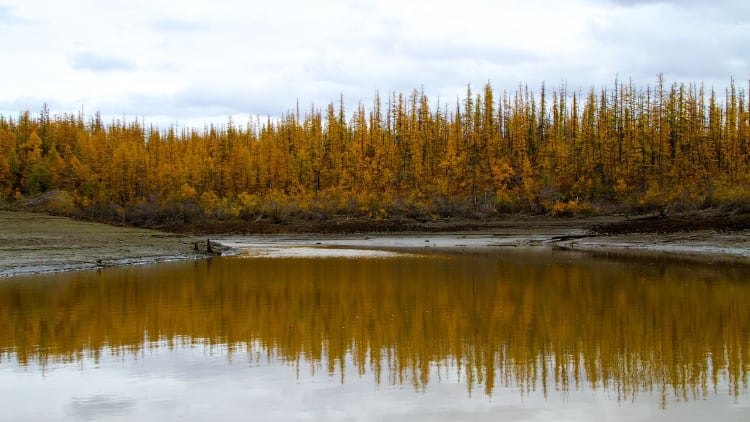
Discovering frozen mammals in Siberian permafrost is not new. Various well-preserved frozen species of mammoths, woolly rhinoceroses, bison, horses, and wolverines have been unearthed by scientists. In fact, scientists at the Centre for Palaeogenetics are also studying other ancient animals that were discovered under the permafrost. These include an 18,000-year-old canine, a 50,000-year-old cave lion cub, and a 30,000-year-old wolf, among many other preserved specimens.
However, finding a well-preserved frozen bird that is thousands of years old is rare. This is because its small and fragile body is easily susceptible to damage and decomposition. Scientists believe that the stable ground beneath the carcass as well as the mud and dirt that has gradually deposited over the years above it, has helped to preserve it in such a state for thousands of years.














